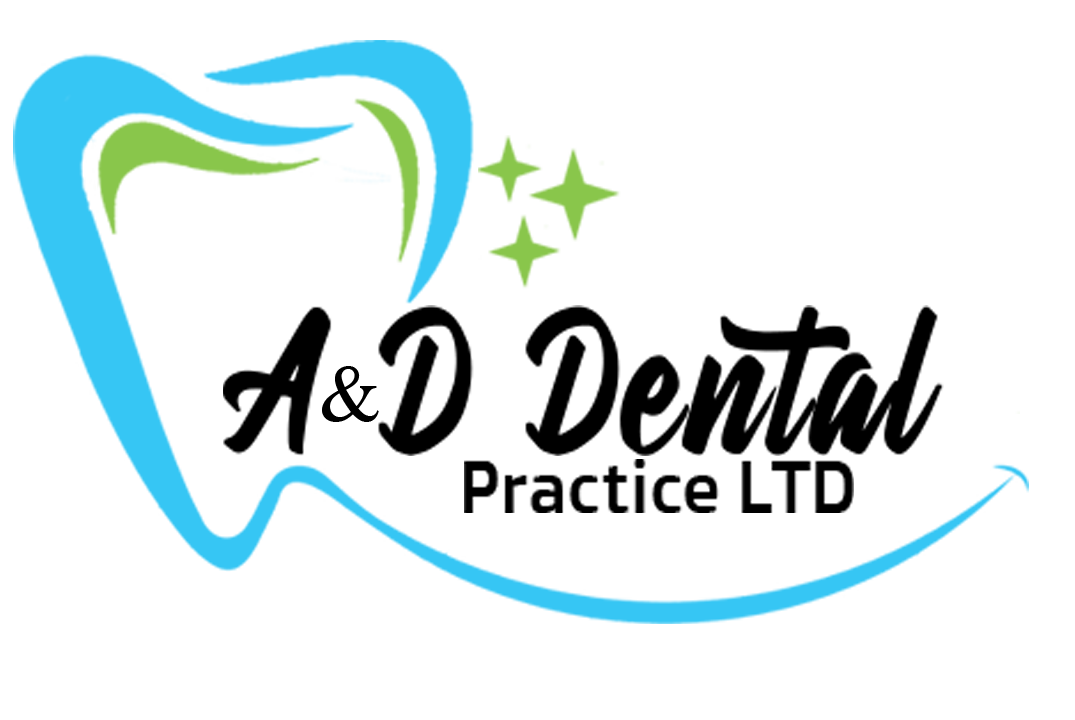The two main types of procedures used for laser dentistry are hard tissue and soft tissue procedures. Hard tissue refers to the teeth, and soft tissue refers to the gums.
Common procedures carried out in our practice using a laser include:
– Treating muscle (frenula) attachment. Those with a restricted or tight frenulum (the fold of skin under the tongue) may benefit from a laser frenectomy. This treatment helps children whose restricted frenulum causes them to be tongue-tied, have difficulty breastfeeding, or have a speech impediment.
– Promoting faster healing of tissue and nerves after oral surgery including extractions and root canal treatment.
– Reducing the appearance of cold sores/herpes in or around the mouth.
– Teeth whitening. Lasers speed up the bleaching process during teeth-whitening sessions.
A & D Dental Practice Ltd uses the Elexxion Claros Class 4 laser.
Soft tissue lasers can be absorbed through water and hemoglobin. Hemoglobin is a protein found in red blood cells. These lasers are used to treat periodontitis, including killing bacteria and activating tissue regrowth. Soft tissue lasers seal nerve endings and blood vessels while they penetrate the tissue. For this reason, many patients experience almost no pain after laser treatment. The laser also promotes faster healing of the tissue.
There is a decreased need for sutures with soft tissue lasers.
Bleeding is minimised, as the laser promotes blood clotting.
With some procedures, the person does not need anaesthesia.
The chance for bacterial infections is lower because the laser sterilises the area.
Wounds can heal faster, and it’s possible for tissue to regenerate.
The procedures create less damage to the surrounding tissues.
Some laser procedures still require anaesthesia.
Certain procedures can’t be done with laser treatment, including filling cavities between teeth, preparing large cavities for a crown, and working in areas around old fillings.
Lasers can’t be used to prepare teeth for bridges or to remove crowns and silver fillings.
The risks of laser dentistry are relatively small. Use of the wrong wavelength or power level could damage tissue. Your dentist will have you use special glasses to protect your eyes from the laser.
